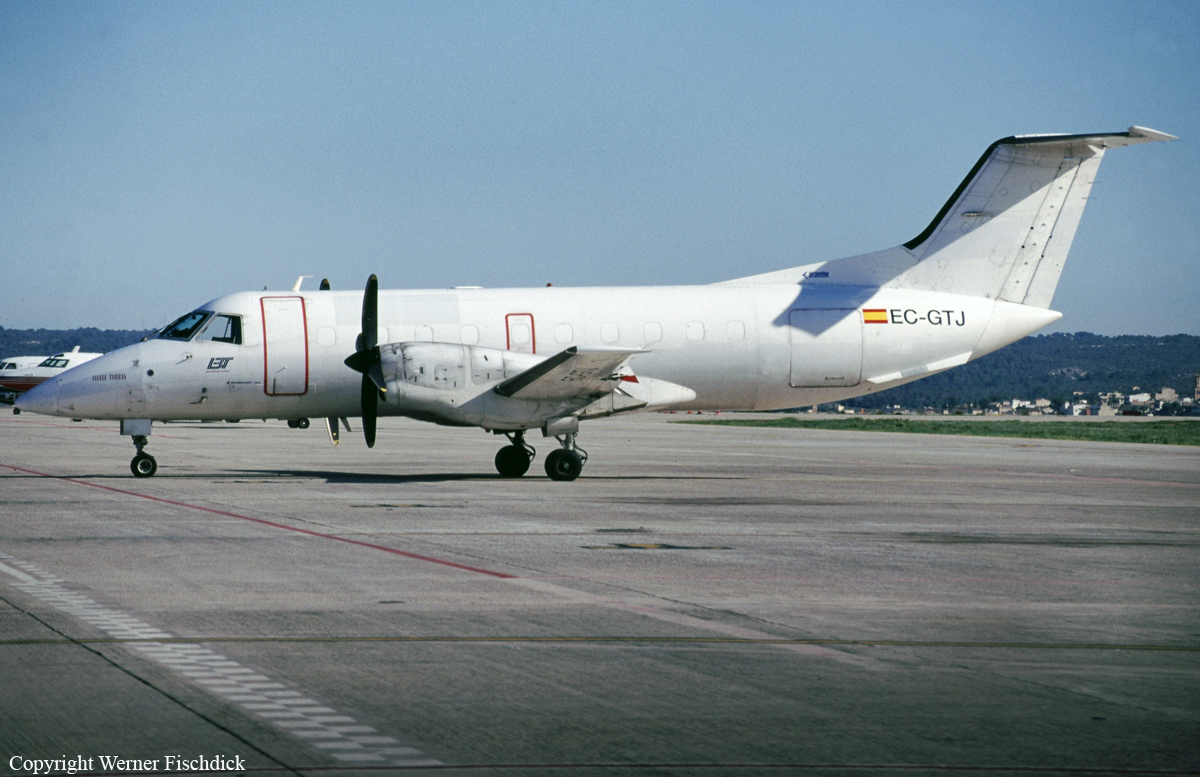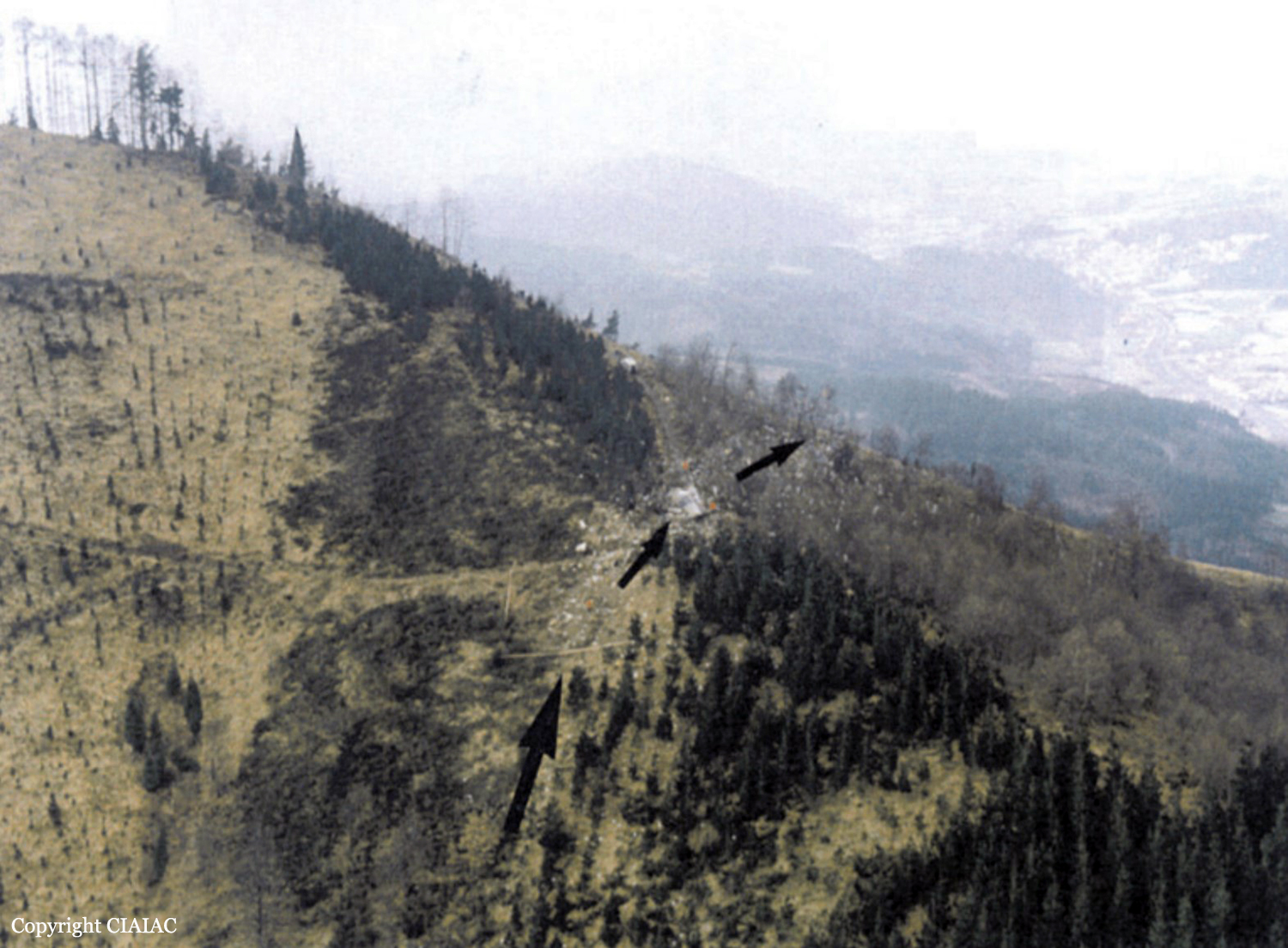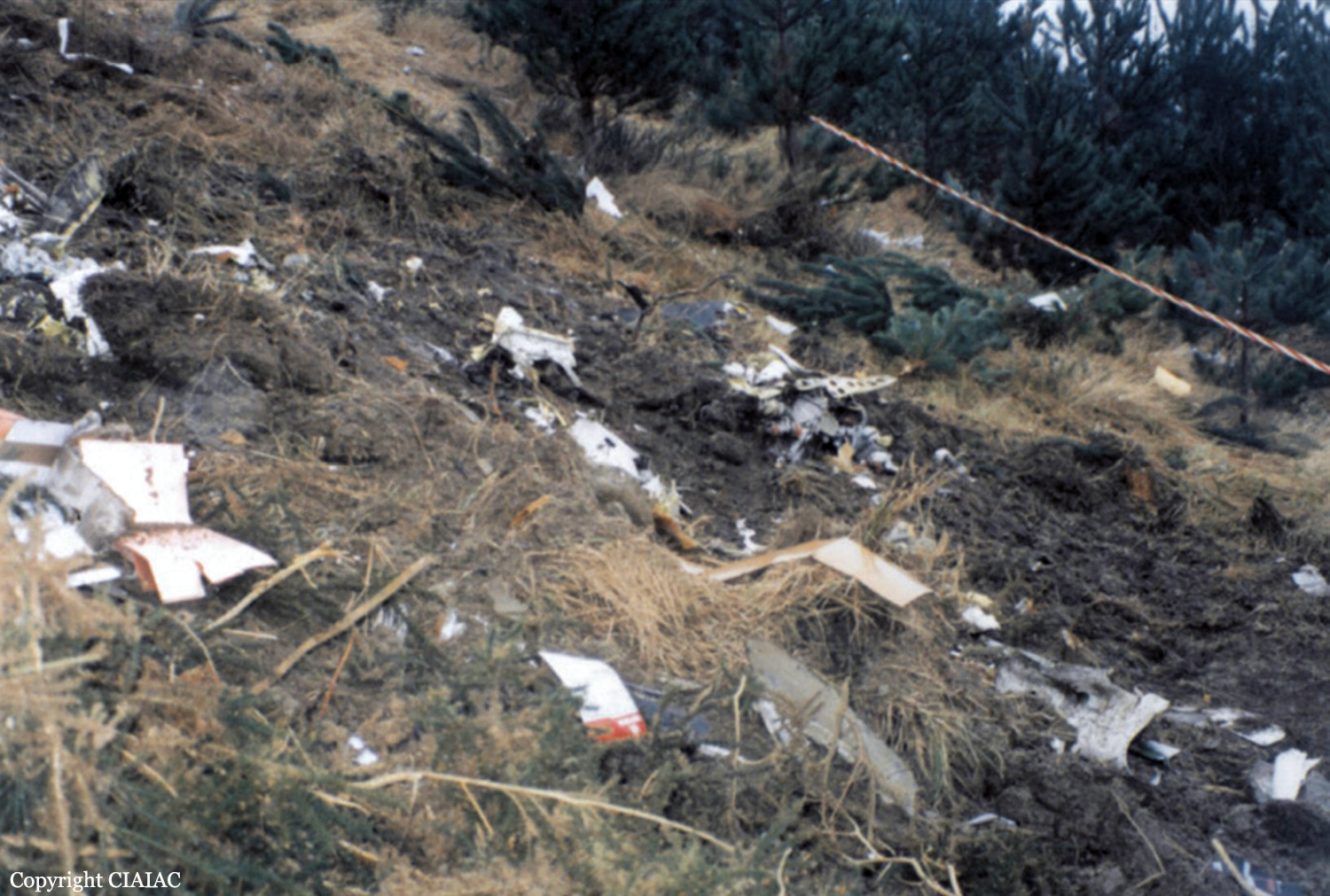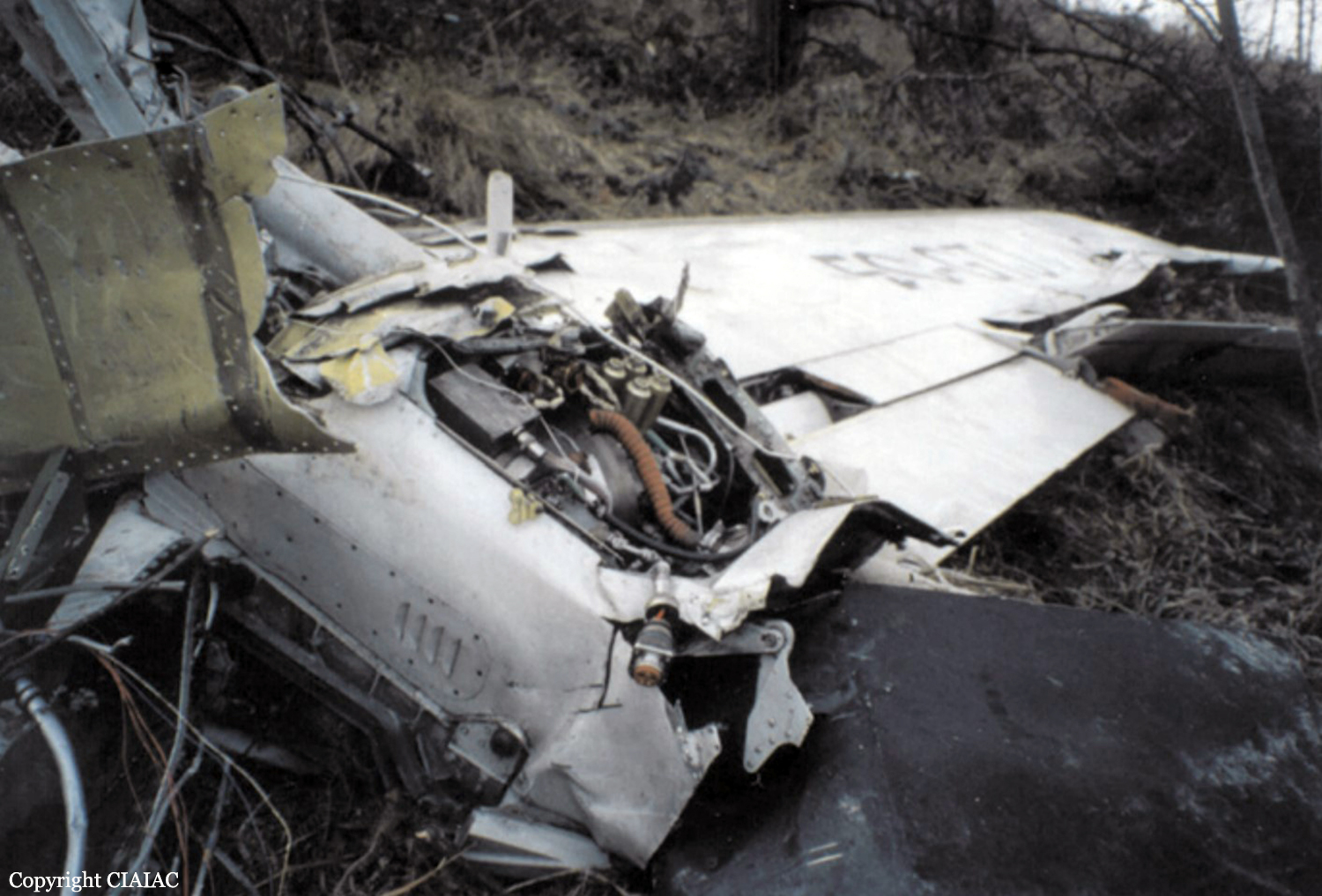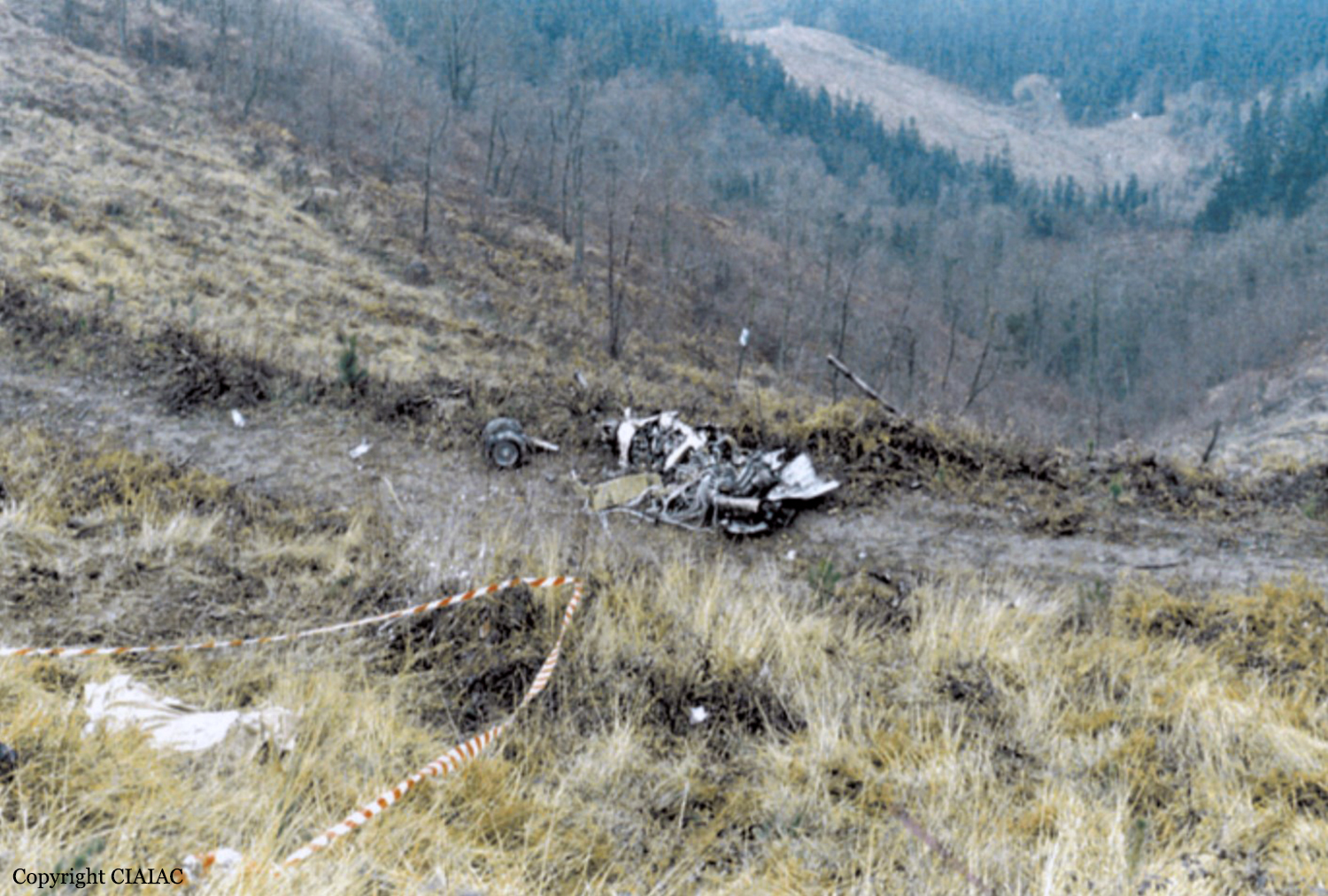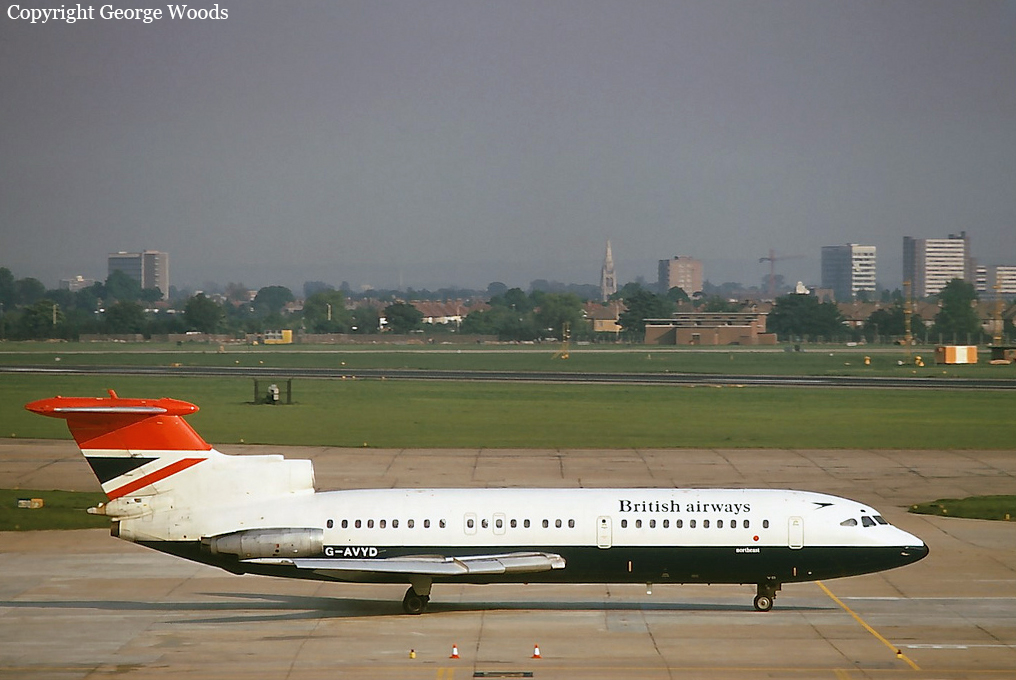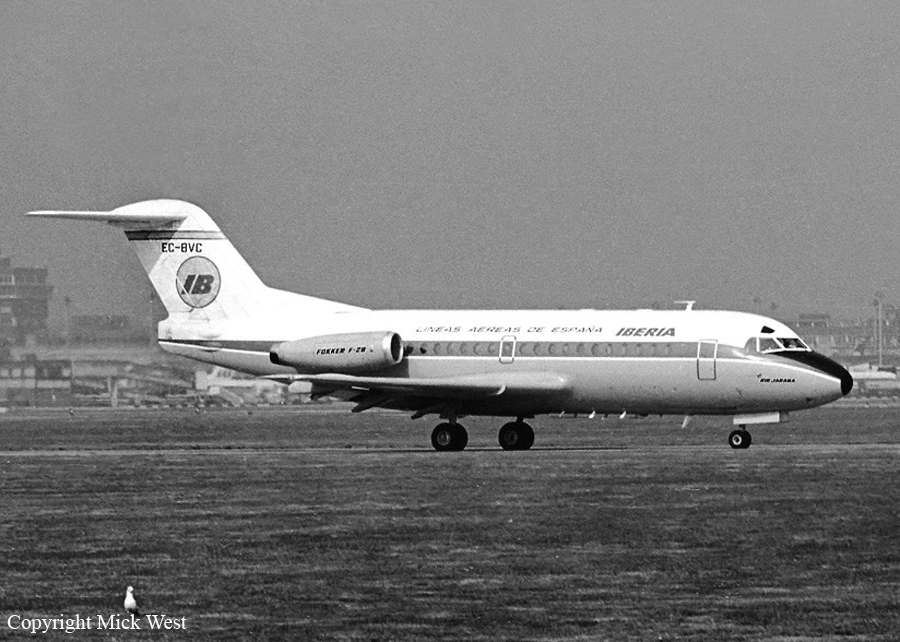Crash of an Embraer EMB-120RT Brasília in Zaldíbar: 3 killed
Date & Time:
Jan 14, 2002 at 0728 LT
Registration:
EC-GTJ
Survivors:
No
Schedule:
Madrid - Bilbao
MSN:
120-024
YOM:
1986
Flight number:
IBT1278
Crew on board:
2
Crew fatalities:
Pax on board:
1
Pax fatalities:
Other fatalities:
Total fatalities:
3
Captain / Total hours on type:
1575.00
Copilot / Total hours on type:
832
Aircraft flight hours:
23578
Aircraft flight cycles:
29468
Circumstances:
The twin engine airplane departed Madrid-Barajas at 0635LT on a cargo service (flight IBT1278) to Bilbao, carrying one company mechanic, two pilots and a load of cargo consisting of 2,873 kilos of various goods. Following an uneventful flight, the crew was cleared to start the descent to Bilbao-Sondica Airport for an ILS approach to runway 30. During the descent, the crew encountered control problems which he attributed to an autopilot malfunction. While trying to identify the problem, the crew failed to realized that the rate of descent increased when the GPWS alarm sounded three times. Shortly later, while attempting to gain height, the aircraft struck the slope of Mt Santa Marina Vieja located 33 km from Bilbao Airport. The aircraft was destroyed by impact forces and all three occupants were killed. The wreckage was found near the village of Zaldíbar.
Probable cause:
Controlled flight into terrain after the crew failed to maintain an adequate separation with the ground because his attention was focused on the disconnection of the autopilot system. It was also determined that the crew failed to comply with the Standard Operating Procedures published by the operator.
Final Report:
